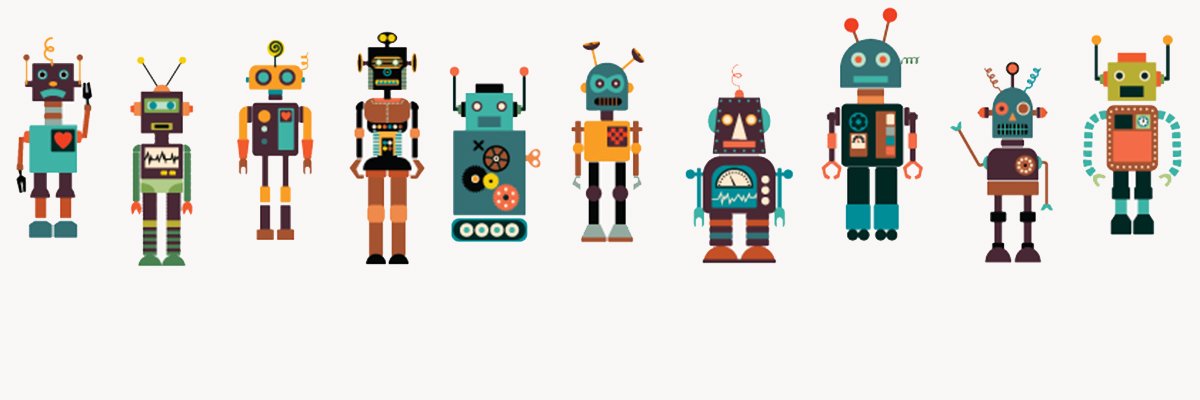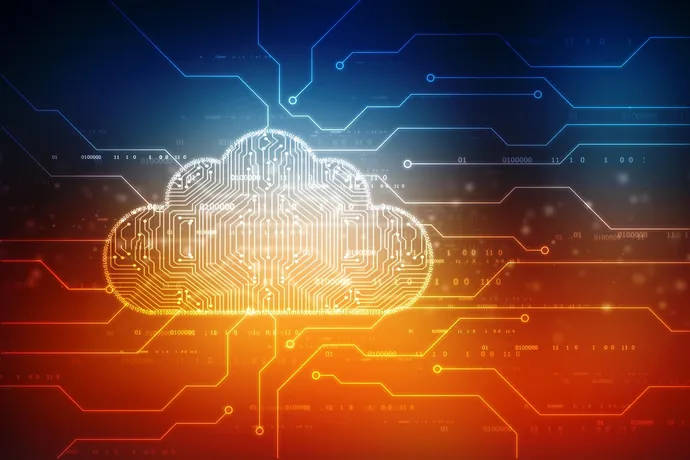Digital-first businesses more willing to accept some fraud

“For new companies, it’s about growth – fraud in that regard can be something
like you have a promotion on and people are signing up for multiple accounts.
“Digital transformers are also trying to compete, so accessibility, speed, low
friction and completion rates rank above compliance. Ten years ago, compliance
was higher, but for digital-first companies, user experience concerns are at the
top of the agenda.” However, Li stressed that this was not to say that
businesses are neglecting their legal compliance obligations, but more that they
simply would not survive if they provided an archaic experience that caused
friction for the potential customer, such as demanding they send notarised
documents through the mail. Indeed, nearly half – 46% – of respondents did feel
that their customer onboarding process was still too complex, rising to 55% in
the UK. Frequent complaints were that it took too long to review and verify
customers when onboarding them, leading to user drop-off, increased costs, and
lost revenues.
Enhance Data Analytics with oneDAL
Intel® oneAPI Data Analytics Library (oneDAL) is a library with all the
building blocks required to create distributed-data pipelines to transform,
process, and model data. complete with all the architectural flexibility of
oneAPI. This can be achieved using Intel® Distribution for Python*, C++, or
Java APIs that can connect to familiar data sources such as Spark* and
Hadoop*. ... oneDAL has tools for transferring out-of-memory data sources,
such as databases and text files, into memory for use in analysis, training,
or prediction stages. And if the data source cannot fit into memory, the
algorithms in oneDAL also support streaming data into memory. Data scientists
often spend large amounts of time preparing the data for analysis or machine
learning (ML). This includes converting data to numeric representation, adding
or removing data, normalizing it, or computing statistics. oneDAL offers
algorithms that accelerate these preparation tasks, speeding the turnaround of
steps that are often performed interactively.
Google Unveils Its Latest Voice Innovations

Since releasing its first speech patent in 2001, Google has led the way in
voice innovation. From interacting with Google Assistant to live captioning in
Google Meet, it now boasts an extensive voice suite of tools. Within this are
two core innovations: its Speech-to-Text and Text-to-Speech APIs. The
Speech-to-Text API supports short and long form speech in over 75 languages
and 120+ locales – out-of-the-box – without the need for training and
customization. Of course, for some use cases, businesses may demand
customization. As such, the API is flexible, allowing users to harness it
across various audio channels. It also detects multiple speakers in the same
channel, with the solution recognizing their unique voices. ... Moreover,
companies can create captions and subtitles for media content or build a
virtual agent. Yet, it is also possible to use the technology for speech
analysis, summarization, and extraction – each of which has significant
potential for contact centers. In tandem, many businesses harness Google’s
Text-to-Speech API to communicate with their users. It allows them to take
text and synthesize it into audio in a single step.
Why Sensors Are Key IoT Cybersecurity

Sensors enabled by the Internet of Things are network-connected smart devices
that collect and transmit real-time data about their environment. The data
they provide lets people make better-informed decisions. The use of IoT
sensors has grown explosively in recent years because their increasing
functionality, small size, and low power consumption allow designers to deploy
them in new applications to increase productivity and lower costs. The sensors
are being used in new ways to maximize the capabilities of network-connected
systems and infrastructure. The sensors are poised for mass-scale adoption in
fields including automotive, health care, industrial automation, energy, and
smart cities. But the lack of standardization in IoT sensors, coupled with
interoperability challenges, has made them vulnerable to cyberattacks—which
creates barriers for their ubiquitous use. Hackers are targeting IoT sensors
in greater numbers, in more industries, and with increased sophistication.
Transforming Observability

Digital transformation, product and technology leaders see value in
observability because of its potential to measure digital experiences and
measure the performance of business and digital services. To do this requires
observability to meet three significant challenges. First, observability must
effectively cross the complex boundaries of microservices, containers, cloud
and traditional applications, multiple cloud providers, database sources, SaaS
services, infrastructure and internal and external APIs. Today’s challenge is
far beyond the central aggregation of large volumes of log data and
suppressing non-essential alerts. Most enterprise architectures look eerily
similar to a breadboard wiring project with applications, systems and data
sources crisscrossing each other, representing the various pathways and
interfaces across systems. Virtually any of these elements could contribute to
the degradation of a digital experience, and observability must operate across
these elements whether they live in our tightly controlled data centers or are
distributed in microservices, cloud services or third-party interfaces.
Web 3.0 and the Crowdpoint Constellation
Web 3.0 is about the individual. The underlying technologies that will enable it are personal identification technologies (biometrics), the blockchain and distributed data technology. Let’s not worry about how, right now, let’s just paint the picture. Web 2.0 was all about exploiting data — a great deal of which was your data. The big web businesses mined it to their great enrichment, with the best AI tools known to man. However, it is equally possible for people to band together and mine their collective personal data to their own benefit. This has not yet happened, but the technologies mentioned above make it possible. Now if it were up to the individual to do this on their own initiative, of course, probably nothing would happen. ... If you’ve been tracking the evolution of the blockchain world you will realize that it has evolved a long way beyond the creation and marketing of cryptocurrencies. It is no longer all about speculation. It has stepped boldly into the financial sector, with the creation of services that are commonly described as Open Fi (Open Finance) or De Fi (Decentralized Finance).
Improving finance and accounting software with AI

Starting with audit analytics, auditors tend to spend too much time buried in
compliance checklists and creating reports that few people read, with little
time to seek anomalies in every transaction. Rather than manually sampling
data points, Forrester says machine learning is being used for risk assessment
of transactions. The member-based industry association American Institute of
Certified Public Accountants (AICPA) is developing guidance for ML in the
audit function. Mature audit support providers such as Thomson Reuters and
Wolters Kluwer, as well as emerging companies like Caseworks Cloud and
MindBridge, are embedding AI into their audit platforms. ... Starting with
audit analytics, auditors tend to spend too much time buried in compliance
checklists and creating reports that few people read, with little time to seek
anomalies in every transaction. Rather than manually sampling data points,
Forrester says machine learning is being used for risk assessment of
transactions. The member-based industry association American Institute of
Certified Public Accountants (AICPA) is developing guidance for ML in the
audit function.
Atlassian Vulnerabilities Highlight Criticality of Cloud Services

The combination of the two flaws could allow a significant attack, says Jake
Shafer, a security consultant with Bishop Fox, who found the flaws. "Using the
authorization finding would allow a low-privileged user to elevate their role
to super admin which, in terms of information disclosure, would allow the
attacker to gain access to everything the client of the SaaS had in their Jira
deployment," he says. "From there, the attacker could then leverage the SSRF
finding to go after the infrastructure of Atlassian themselves." Both
vulnerabilities have been patched — the first within a week and the second
within a month, according to the disclosure timeline published by Bishop Fox.
However, companies should note that the increasing reliance on cloud
applications has made attacks on cloud services and workloads much more
common, so much so that the top class of vulnerability, according to the Open
Web Application Security Project (OWASP), is broken authentication and
access-control issues.
When CISOs are doomed to fail, and how to improve your chances of success
Sometimes, CISO candidates can spot a bad employer during the interview
process. "You are not only trying to convince them that you are the person
they should hire, but you are interviewing them," Callas says. The recruiting
process is just like zero-knowledge proof, because neither side wants to be
upfront about what is going on. One of Callas's priorities is to learn how
much the company cares about security, and he does that by asking direct
questions. One time, an executive he talked to admitted that management did
not want better protection. A typical question potential CISOs are asked is
what they might do in a difficult situation such as a breach. When Callas
hears this, he smiles and says: “Has this actually happened?” Sometimes
they'll say, 'Oh, no, no, no,' in a way that you know means yes," he adds,
"and every so often, you get the person who looks around and says: 'Let me
tell you what's really going on.'" Another priority should be understanding to
whom the CISO reports: the CEO, the CFO, the CTO, or even the legal
department. “[This] tells you a little bit about what they expect you to do,"
says Chip Gibbons, CISO at Thrive.
Why Functional Programming Should Be The Future Of Software Development

Pure functional programming solves many of our industry’s biggest problems by
removing dangerous features from the language, making it harder for developers
to shoot themselves in the foot. At first, these limitations may seem drastic,
as I’m sure the 1960s developers felt regarding the removal of GOTO. But the
fact of the matter is that it’s both liberating and empowering to work in
these languages—so much so that nearly all of today’s most popular languages
have incorporated functional features, although they remain fundamentally
imperative languages. The biggest problem with this hybrid approach is that it
still allows developers to ignore the functional aspects of the language. Had
we left GOTO as an option 50 years ago, we might still be struggling with
spaghetti code today. To reap the full benefits of pure functional programming
languages, you can’t compromise. You need to use languages that were designed
with these principles from the start. Only by adopting them will you get the
many benefits that I’ve outlined here. But functional programming isn’t a bed
of roses. It comes at a cost.
Quote for the day:
"Make heroes out of the employees who
personify what you want to see in the organization." --
Anita Roddick
No comments:
Post a Comment